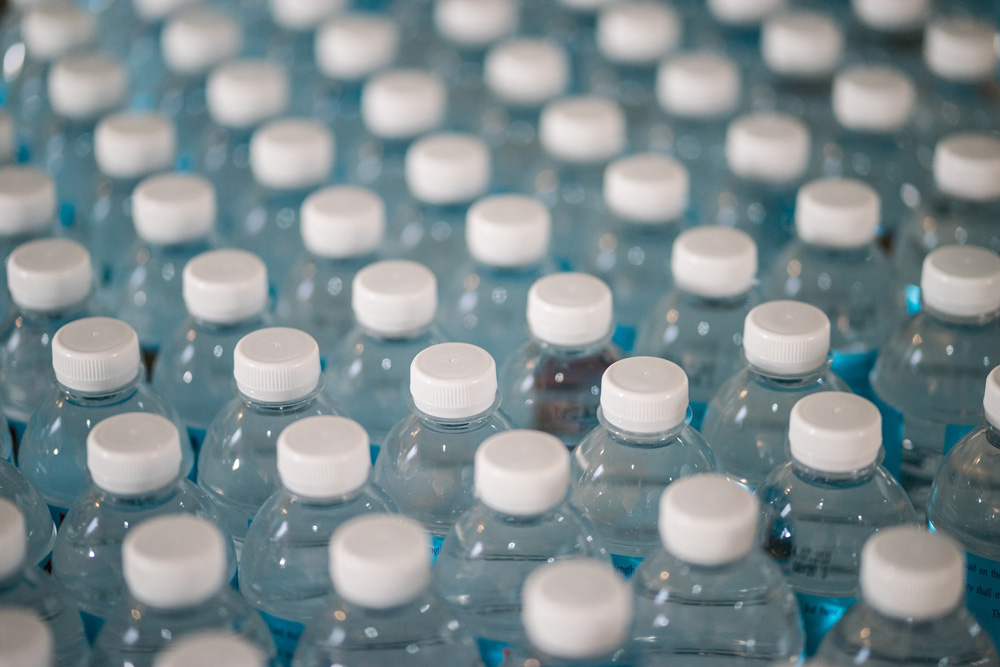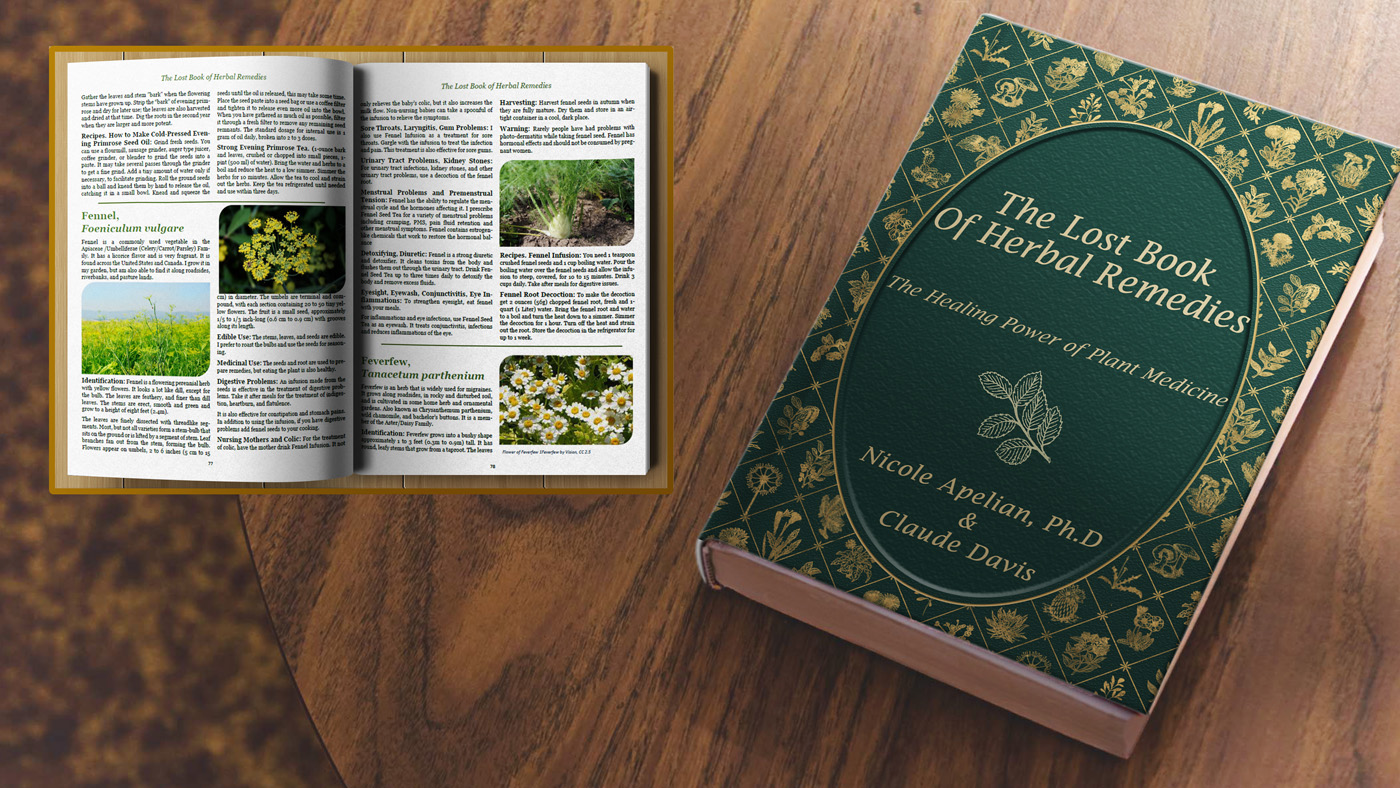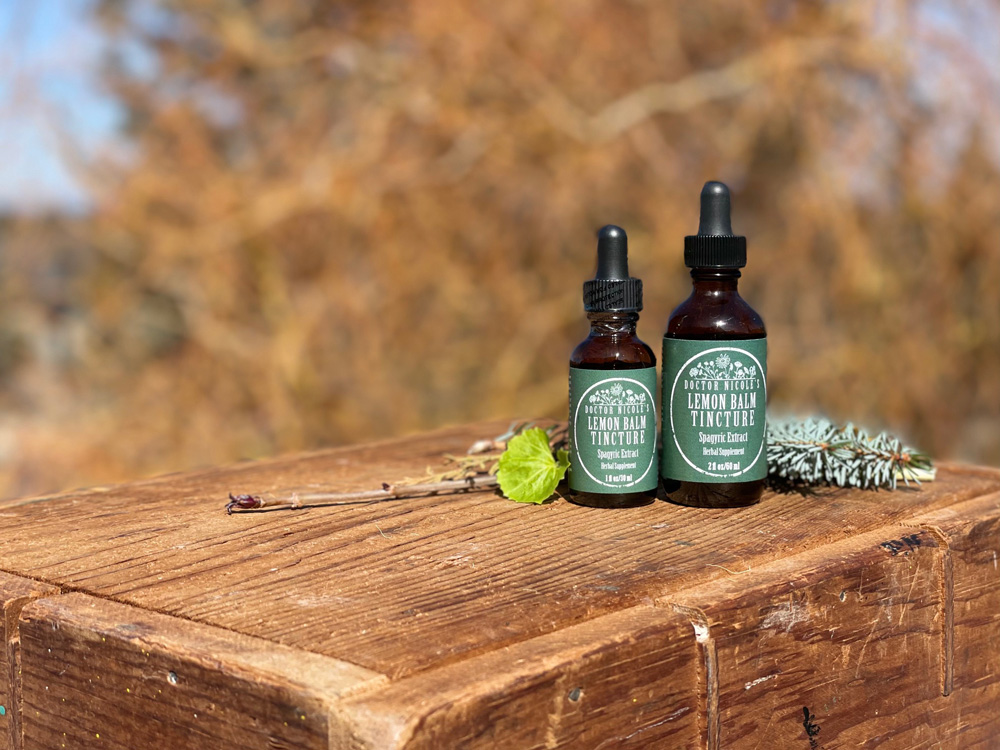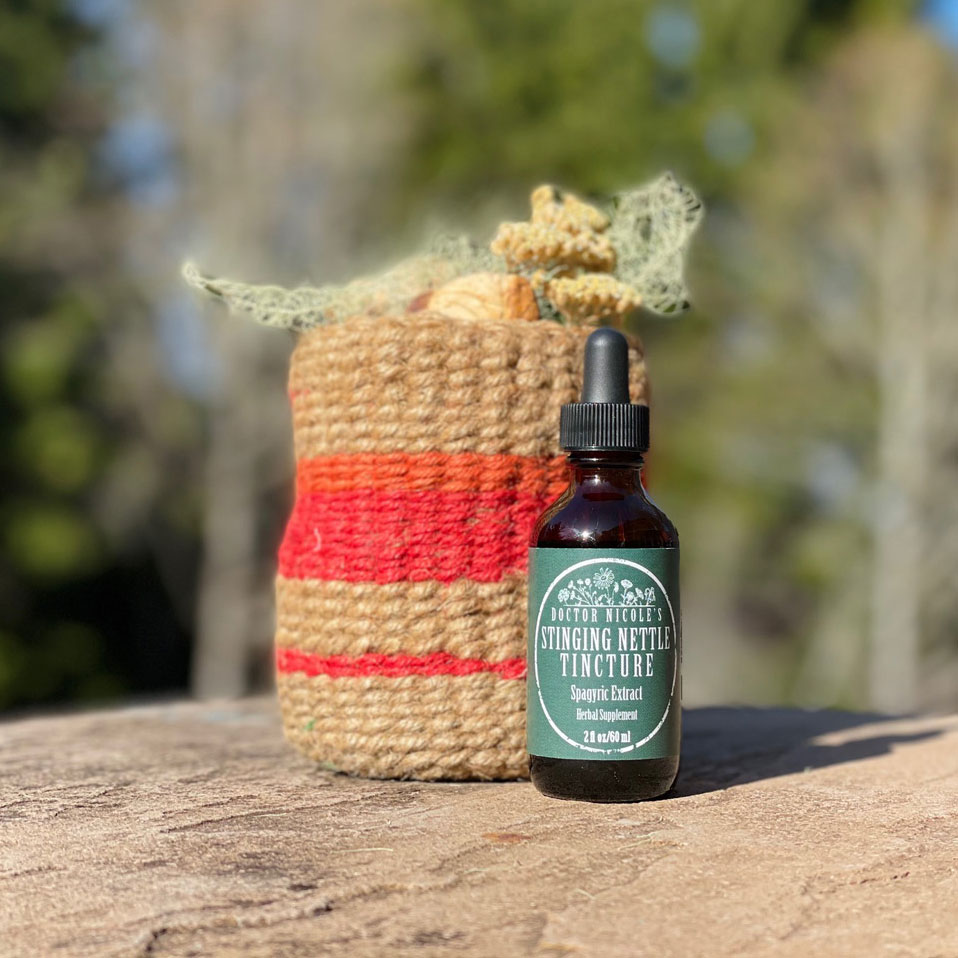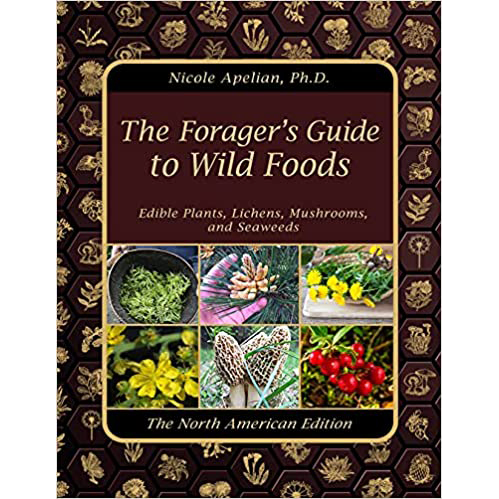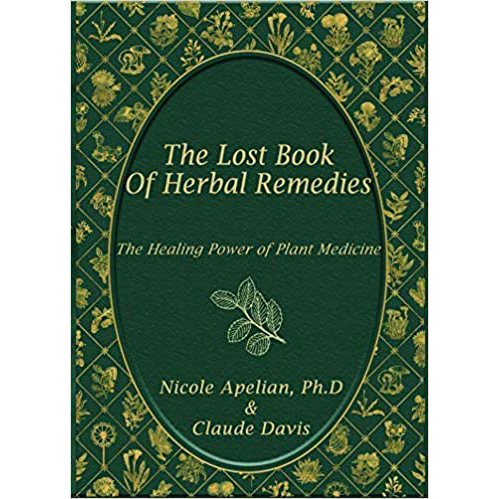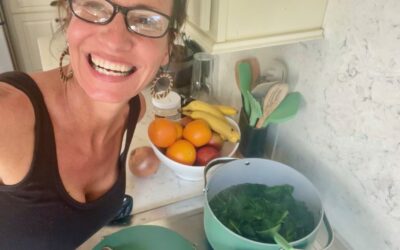The History of Plastic in Everyday Life
It is difficult to imagine life without plastic as it is found in so many areas of modern living — from packaging and digital devices to medical technology and air travel. When plastic was created during World War II due to a raw material shortage, it was hailed as a groundbreaking “miracle material” and we haven’t looked back since. Cheap, durable, and known to increase a product’s shelf life, plastic is almost impossible to avoid. But several new studies give us pause for thought. As it turns out, plastic bottles and food packaging may be causing significant weight gain and obesity in populations around the world. This is especially concerning considering that 40 percent of adults and upwards of 21 percent of youth are obese in the United States.
The Connection Between Plastic Overload and Obesity
For anyone who has ever participated in a detoxification program, you know the main idea is to flush out excess chemicals and toxins that have built up in the body. In this day and age, it is not possible to completely avoid exposure to these problematic compounds. However, plastic is particularly troublesome as it contains thousands of chemicals and is often used for food packaging, where it can leach into your food.
A study published earlier this year by a group of researchers at Norwegian University of Science and Technology in Trondheim, Norway discovered that over 55,000 chemicals are found in plastic items we use everyday — such as yogurt containers, kitchen sponges, and drink bottles.1 What’s more, one-third of the products analyzed were shown to encourage fat cell development.
“Our experiments show that ordinary plastic products contain a mix of substances that can be a relevant and underestimated factor behind overweight and obesity,” said co-author Martin Wagner, an associate professor of biology at the university.2
The team also notes that even products that don’t contain metabolism-disrupting chemicals many still encourage body fat stores.
Johannes Völker, a researcher associated with the university’s biology department, says that “it’s very likely that it is not the usual suspects, such as bisphenol A, causing these metabolic disturbances. This means that other plastic chemicals than the ones we already know could be contributing to overweight and obesity.”
An earlier study in May of 2018 also found that certain chemicals within plastic had a direct correlation to metabolic disruptions and excessive weight gain.3 Specifically, they discovered that dibutyltin, a compound used in the manufacture of polyvinyl chloride (PVC), exerts a negative impact on glucose metabolism, which in turn increases fat storage in animal models.
Dibutyltin (DBT) salts present in PVC are obesogens which are known to encourage the storage of fat. In fact, the researchers discovered that early exposure to obesogen DBT and increased dietary fat contributes to pre diabetes in male mice, which often leads to weight gain.
These vinyl plastics are used in an array of applications, including window frames, piping, and flooring. Researchers suspect exposure to DBT is widespread — it has been found in everything from seafood to household dust.
Needless to say, we can’t completely avoid these compounds. But we can certainly take steps to minimize exposure, detoxify, and sidestep potential health risks.
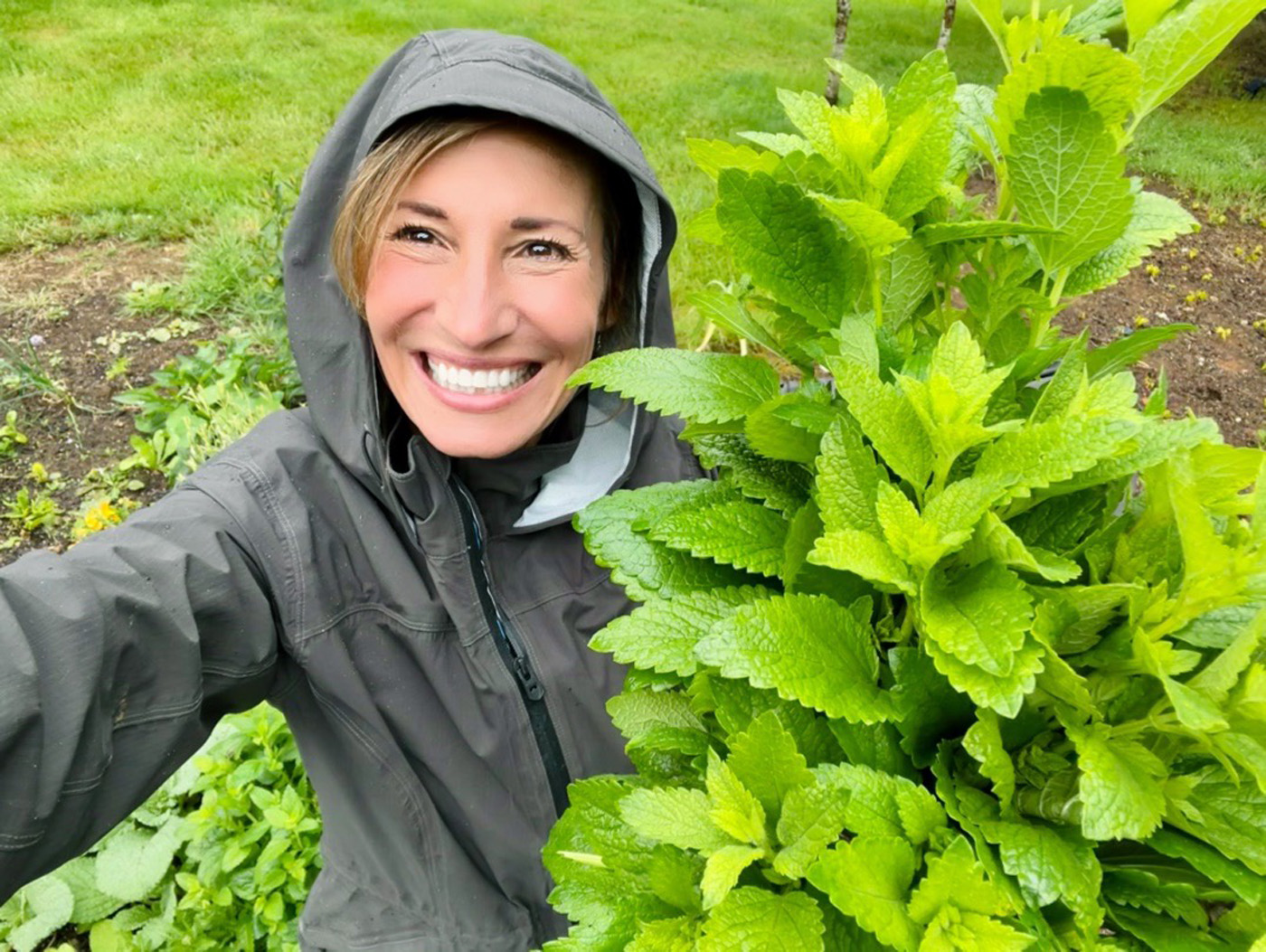
Best Practices for Protecting Your Health Against Plastic
Considering plastic not only causes obesity and weight gain, but also disrupts the entire endocrine system and subsequent hormonal function, we would do well to curb our overall exposure and detoxify from the chemicals that are already present in our bodies. Here are a few tips to get you started.
Minimizing exposure:
- Avoid canned foods (even if BPA-free) as they contain internal plastic coatings
- Don’t drink water out of plastic containers; refill a stainless steel or glass drinking bottle
- Ditch conventional chewing gum as it’s made of plastic
- When reheating, storing, or transporting food, use glass or stainless steel containers
- Minimize your takeout and processed food habit, opt for home-cooked, whole-food meals
- Focus on natural beauty products that do not contain microplastics
- When purchasing bulk items use cotton bags
Detoxification:
Select herbal remedies are outstanding for detoxifying the tissues and organs, which helps your body to expel harmful toxins released by plastic. A few of my favorite botanicals for this purpose are below. I use Lemon Balm and Stinging Nettle daily in tincture form and I eat many of the others as wild foods.
- Lemon Balm
- Stinging Nettle
- Chickweed
- Sheep Sorrel
- Calendula Extract (used internally)
- Cat’s Claw
- Wild Rose
- Dandelion
- Milk Thistle
- Greater Burdock
Deepen Your Knowledge of Plant Medicine
You can learn more about these exceptional herbs, plus how to prepare them into tinctures, decoctions, infusions, and much more in “The Lost Book of Herbal Remedies: The Healing Power of Plant Medicine“. Within its pages you will find over 165 healing and medicinal plants — many of which can be found right in your own backyard! Tap here to learn more.
Convenient Herbal Support
If you need detoxification help sooner rather than later, you can find my easy-to-use lemon balm and stinging nettle tinctures in the apothecary. Visit today and experience the power of medicinal herbs for yourself!
Nicole Apelian
Products in this Post
References
-
Völker, J., Ashcroft, F., Vedøy, Å., Zimmermann, L., & Wagner, M. (2022). Adipogenic Activity of Chemicals Used in Plastic Consumer Products. Environmental science & technology, 56(4), 2487–2496. https://doi.org/10.1021/acs.est.1c06316. https://pubs.acs.org/doi/10.1021/acs.est.1c06316
-
“Are These Common Plastics Causing Obesity?” Jan. 31 2022. https://www.medicinenet.com/script/main/art.asp?articlekey=270629
-
Chamorro-García, R., Shoucri, B. M., Willner, S., Käch, H., Janesick, A., & Blumberg, B. (2018). Effects of Perinatal Exposure to Dibutyltin Chloride on Fat and Glucose Metabolism in Mice, and Molecular Mechanisms, in Vitro. Environmental health perspectives, 126(5), 057006. https://doi.org/10.1289/EHP3030

